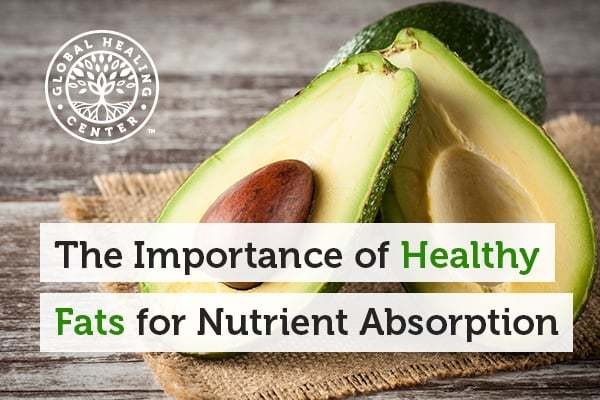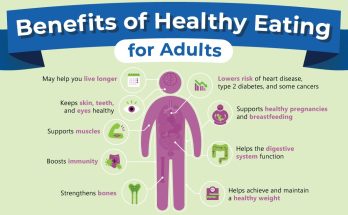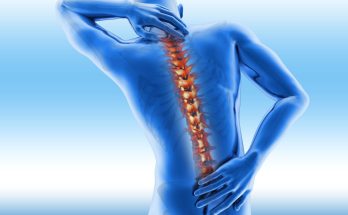Navigating the world of healthy fats can feel like walking through a maze of conflicting advice, outdated beliefs, and marketing buzzwords. For years, fat was vilified as the dietary villain responsible for everything from weight gain to heart disease. Low-fat products flooded the market, and many people began to equate fat-free with healthy. But as nutritional science evolved, so did our understanding of fats. Today, the conversation is more nuanced. Not all fats are created equal, and some play a vital role in supporting brain function, hormone production, and cellular health. The challenge is not in avoiding fat altogether, but in choosing the right types and understanding how they fit into a balanced lifestyle.
Healthy fats are essential, not optional. They serve as building blocks for cell membranes, aid in the absorption of fat-soluble vitamins like A, D, E, and K, and provide a concentrated source of energy. In business environments where mental clarity, sustained energy, and emotional resilience are key, the role of nutrition—particularly fat intake—should not be underestimated. Omega-3 fatty acids, for example, found in fatty fish, walnuts, and flaxseeds, have been linked to improved cognitive performance and reduced inflammation. These benefits are not just relevant to athletes or health enthusiasts—they matter to executives, entrepreneurs, and anyone whose work demands focus and stamina.
Understanding the difference between saturated, unsaturated, and trans fats is central to making informed choices. Saturated fats, found in animal products and some tropical oils, have long been associated with increased cholesterol levels. However, recent research suggests that the impact of saturated fat on heart health may depend on the overall dietary context. Replacing saturated fats with refined carbohydrates, for instance, does not improve outcomes and may even worsen them. On the other hand, unsaturated fats—both monounsaturated and polyunsaturated—are consistently linked to positive health markers. These fats, found in olive oil, avocados, nuts, and seeds, can help reduce bad cholesterol and support cardiovascular health.
Trans fats, however, remain universally problematic. Created through industrial hydrogenation, trans fats are found in some processed foods and baked goods. They not only raise bad cholesterol but also lower good cholesterol, increasing the risk of heart disease. Many countries have taken steps to ban or limit trans fats, but they still appear in some products, especially in regions with less stringent regulations. For professionals who travel frequently or rely on convenience foods, being aware of ingredient labels and making conscious choices becomes even more important.
The business of food often complicates the conversation around fats. Marketing strategies can blur the lines between health and hype. Products labeled as “low-fat” or “fat-free” may contain added sugars or artificial ingredients to compensate for flavor, undermining their nutritional value. Conversely, some high-fat foods like nuts, seeds, and full-fat yogurt offer a rich array of nutrients and satiety benefits. The key is to look beyond the label and consider the whole food. A handful of almonds provides healthy fats, fiber, and protein, making it a smart snack for sustained energy. A sugar-laden fat-free yogurt, on the other hand, may spike blood sugar and leave you hungry an hour later.
Cultural preferences and dietary patterns also influence how fats are perceived and consumed. In Mediterranean cultures, olive oil is a staple, used generously in cooking and dressings. In Southeast Asia, coconut milk and palm oil are common ingredients. These traditions reflect not just taste but historical access and culinary wisdom. When evaluating fat intake, it’s important to consider cultural context and individual needs. What works for one person may not work for another, and blanket recommendations often miss the mark. Personalized nutrition, informed by lifestyle, genetics, and goals, offers a more effective path forward.
Technology and data are beginning to play a role in clarifying the fat conversation. Wearable devices, health apps, and digital coaching platforms can track dietary patterns and offer insights into how different fats affect energy, mood, and performance. These tools don’t replace professional guidance, but they can enhance awareness and support behavior change. For business leaders and teams, integrating nutritional literacy into wellness programs can lead to better outcomes. When employees understand how their food choices impact their workday, they’re more likely to engage in healthier habits. This isn’t about micromanaging meals—it’s about empowering people with knowledge.
The fear of fat is slowly being replaced by a more balanced understanding, but confusion still lingers. Navigating this space with clarity means asking better questions, seeking credible sources, and staying open to evolving science. It means recognizing that fats are not inherently good or bad—they’re part of a larger nutritional picture. By focusing on quality, context, and individual needs, we can move beyond outdated myths and toward a more informed, empowered approach to eating. In doing so, we not only support our health but also enhance our capacity to lead, create, and thrive in a demanding world.



